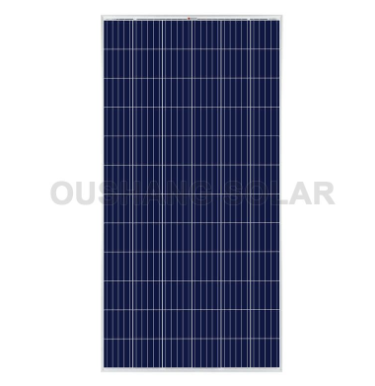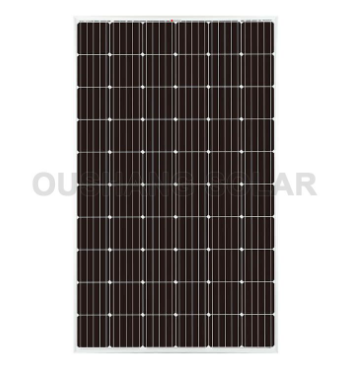- Automobiles & Motorcycles
- Beauty & Personal Care
- Business Services
- Chemicals
- Construction & Real Estate
- Consumer Electronics
- Electrical Equipment & Supplies
- Electronic Components & Supplies
- Energy
- Environment
- Excess Inventory
- Fashion Accessories
- Food & Beverage
- Furniture
- Gifts & Crafts
- Hardware
- Health & Medical
- Home & Garden
- Home Appliances
- Lights & Lighting
- Luggage, Bags & Cases
- Machinery
- Measurement & Analysis Instruments
- Mechanical Parts & Fabrication Services
- Minerals & Metallurgy
- Office & School Supplies
- Packaging & Printing
- Rubber & Plastics
- Security & Protection
- Service Equipment
- Shoes & Accessories
- Sports & Entertainment
- Telecommunications
- Textiles & Leather Products
- Timepieces, Jewelry, Eyewear
- Tools
- Toys & Hobbies
- Transportation
What Do Solar Panels Cost And Are They Worth It?
Consider solar if you have a high utility bill, live in a prime location and qualify for tax breaks or other savings.
The rising cost of electricity from traditional sources makes solar installation seem like a no-brainer for many homeowners.
But the true cost of solar panels, and whether they'll help you save money, depends on a few key factors. On average, installation and the system together can run between $15,000 and $25,000, according to the Center for Sustainable Energy.
Location largely affects electricity rates. The national average is about 13 cents per kilowatt-hour, according to year-to-date 2021 data from the U.S. Energy Information Administration.
Before you make the leap, learn how your electric bill, location and incentives can impact your wallet over time. Here are six steps to take to determine whether you'll save more than you spend on solar panels.
1. Evaluate your sunlight exposure
More sun means more energy produced and a greater potential to save with solar. Certain states, like Arizona and California, average more sunlight hours per day.
Your home's orientation toward the sun, the amount of shade and its roof type also affect a solar system's output.
2. Review your electric bill
Solar panels generate their own power and can therefore greatly offset your monthly electricity bill, if not eliminate it. The higher your bill, the more likely you'll benefit from switching. But you should note that electricity rates and usage — the main charges on your statement — are volatile.
3. Look for incentives
The government offers homeowners significant incentives for installing solar panels as an alternate energy source. For example, a residential federal tax credit allows taxpayers to claim 26% of installation costs for systems placed in service by Dec. 31, 2022. The credit dwindles to 22% in 2023 and expires starting in 2024, barring renewal from Congress.
The federal tax benefit is nonrefundable, meaning you can't get the savings in the form of a refund. Instead, you can reduce — and possibly eliminate — the amount you owe on your taxes.
Additional credits vary by location. Depending on your state, you may receive extra incentives like cash back, property tax exemption, waived fees and expedited permits. In some states, homeowners with solar panels can sell excess power to their local utility companies. Look up credits available in your state by reviewing the database of state incentives for renewables and efficiency.
4. Estimate residential solar panel cost
The brunt of the expense with solar panels is in installation and the purchase of the actual panels.
When calculating the total price, consider how much energy you regularly consume — your usage is listed on your monthly utility bill — and what size system will generate the amount needed.
With installation, an average residential 5kW size system costs between $3 and $5 per watt, according to the CSE, which results in the $15,000 to $25,000 range. That cost is before any tax credits and incentives.
If you know your current energy usage, you can calculate how much you'll need to pay for solar panels.
5. Make the call
If you live in an area with high energy rates and a suitable solar rating and can afford the initial investment, it's worth installing solar panels in your home while the 26% tax break is in place — for the good of the environment and your wallet. But don't expect to eliminate your power bill overnight.
If you decide to purchase solar panels, shop around and search for incentives.
6. Keep an eye on trade policy
Changes in government trade policy also impact prices. In January 2018, President Trump imposed a four-year tariff on imported solar cells and panels that started at 30% and was set to drop 5% each year until February 2022. In 2020, the tariff rate for the fourth year was raised from 15% to 18%. The tariff resulted in a 16 cent per watt increase for the average consumer in 2018, which translated to an overall increase of $960 for a six-kW system, according to EnergySage.
The cost of foreign-manufactured panels may still drop, lessening the tariff's effect over time.
We are a solar panel supplier, please feel free to contact us if you need them!
If you are interested in sending in a Guest Blogger Submission,welcome to write for us!






Comments
0